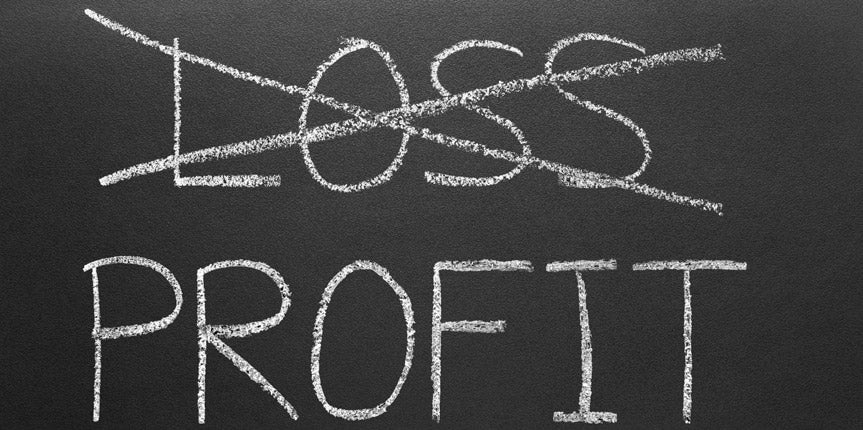Pricing Strategy: Factors to Consider

How to price your product or service is a critical decision that your small business must make and will directly determine your ability to succeed in an uncertain economic environment. If you set a high price for your product, how much business will you lose? If you price a product too low, how much are you giving away in profit margins, and can you keep your customers happy when you later decide to increase prices to finance a new project? Here are a few factors to consider with regards to pricing strategy that should help you set a price to optimally grow your business.
Start With Profit
The first factor to consider when determining the appropriate price for your product or service is the profit margin. If your price is too low to generate sufficient profit, then your business is destined for failure whether or not you have developed a successful product.
Price at Your Level
It’s important to understand the type of product or service you sell. Do you sell a luxury good that should be priced higher than the industry average or do you sell a generic product that may be positioned as a cheaper alternative to what consumers are used to buying?
Segment Your Customers
Can you segment your target market into categories based on their needs and desires as consumers? If all people don’t require the same specifications, perhaps it’s best to sell a range of products at varying prices. Offering choice between a basic and a premium product or subscription will allow you to engage multiple target segments. The more people who can afford to do business with you, the better.
Adjust Your Price Accordingly
Has your company recently developed a new feature that increases the value of your product or is there evidence that your company’s product is in higher demand than ever? Don’t shy away from price increases or decreases when they can be justified. Along with shifts in the domestic market economy, inflation or deflation will force you to adjust prices after normal years of doing business.
